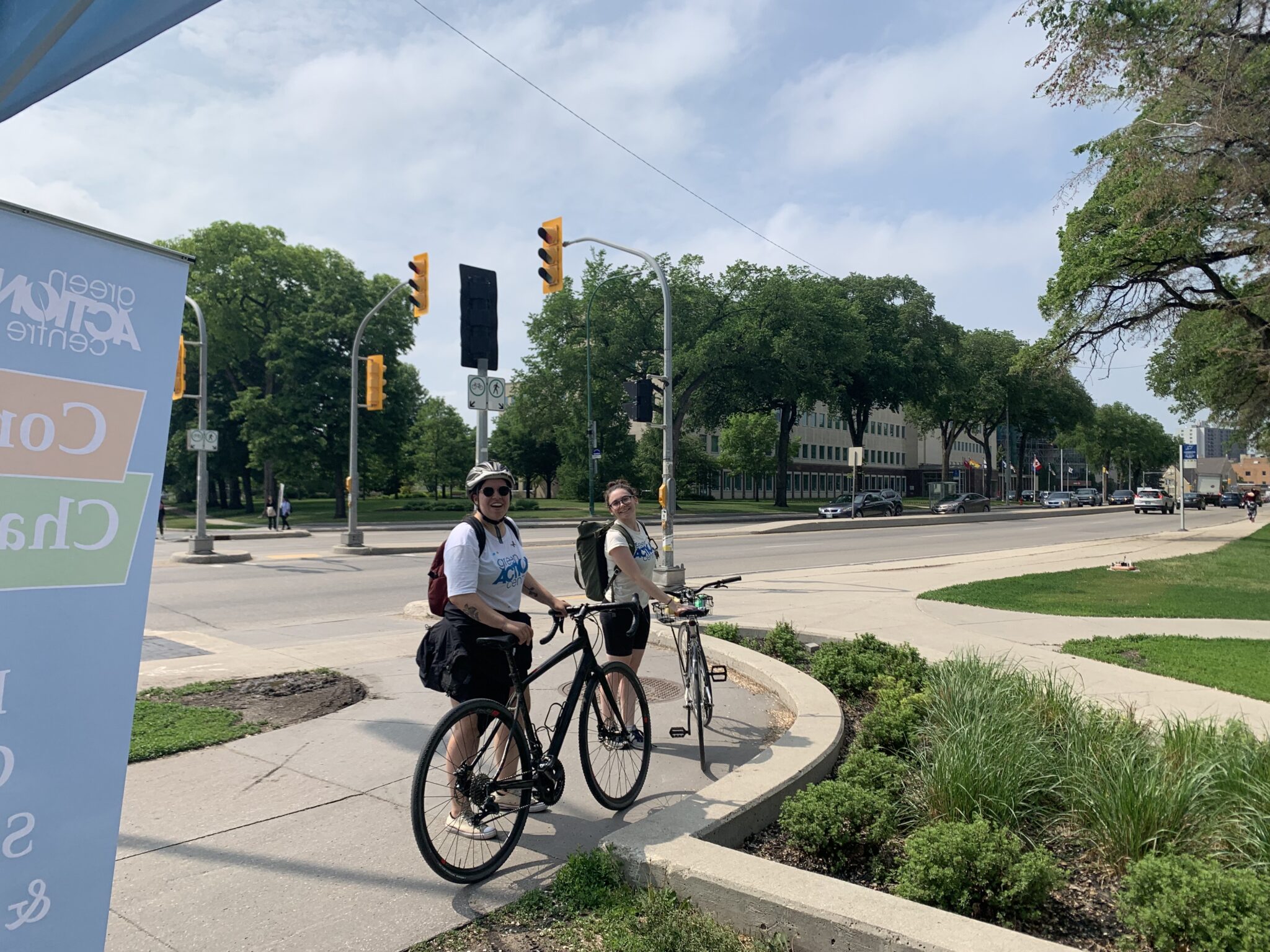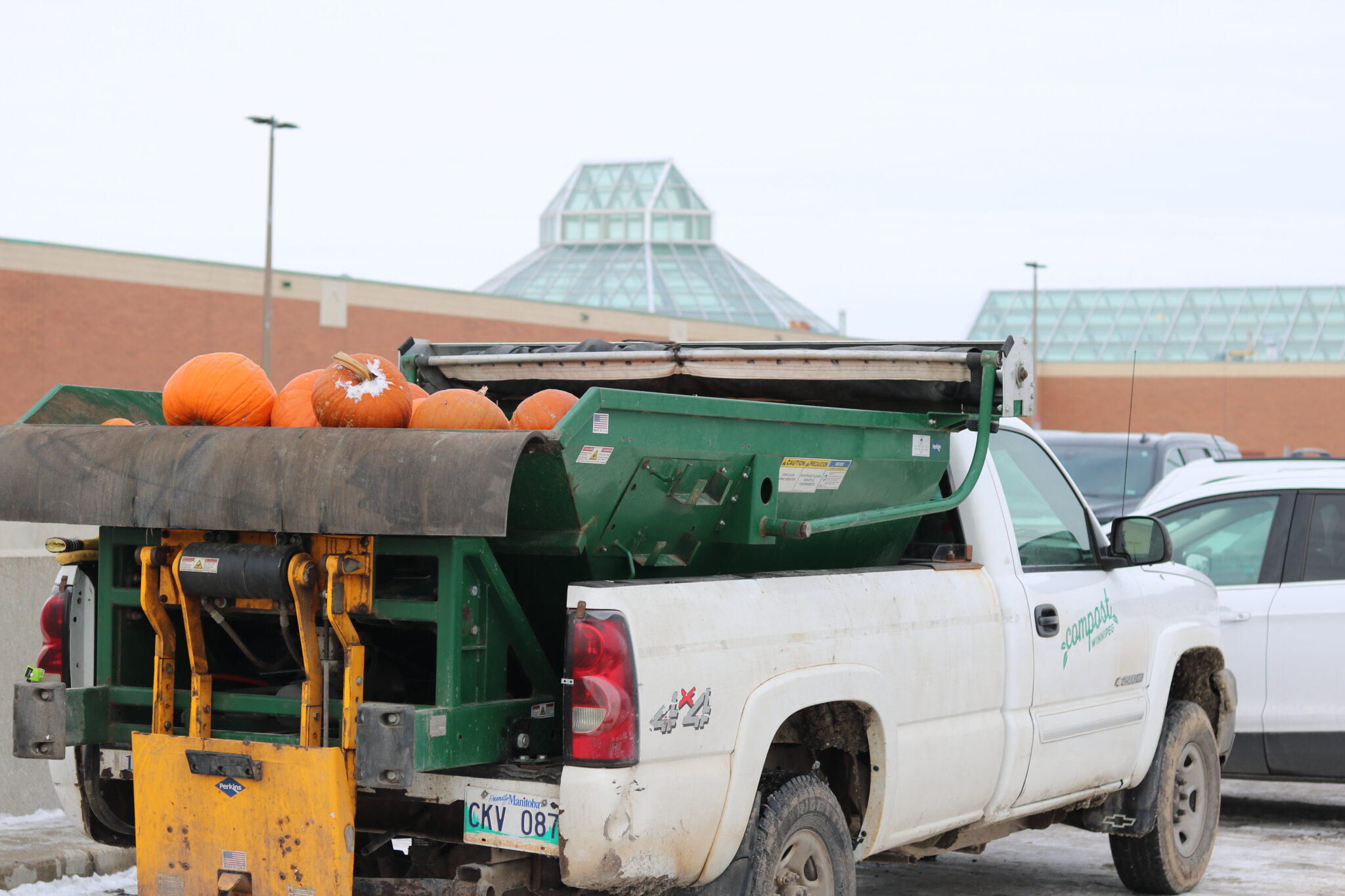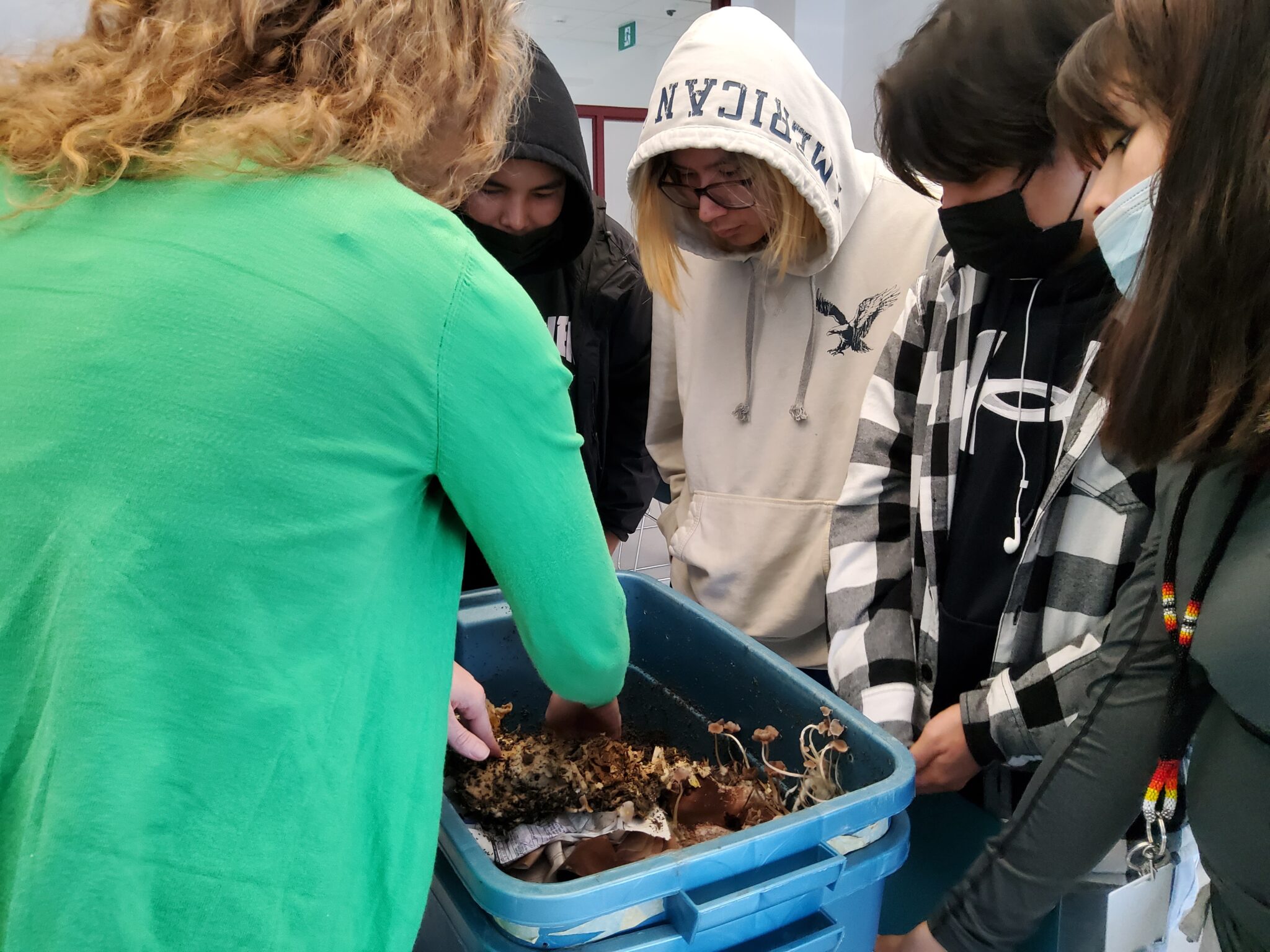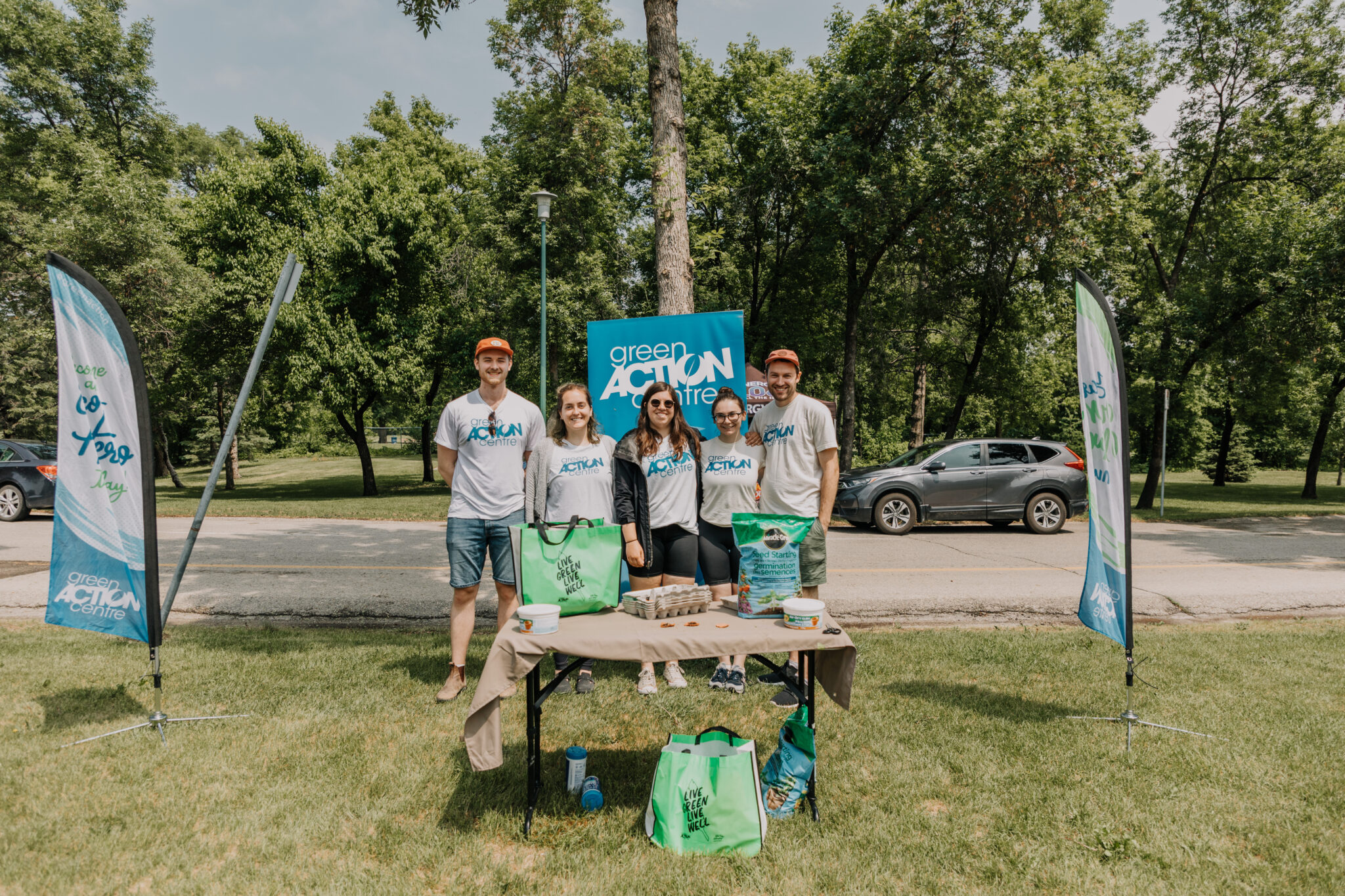Every year at Green Action Centre, we put together our Wishlist in the hope that Santa Clause, or some other benevolent force (our new government perhaps?) will make our wishes come true.
We are back at it again for 2024. Check it out below!
1) Make Vision Zero a Top Priority
The Province’s Road Safety Plan that called for a move towards zero traffic fatalities expired in 2020. We need a renewed call to action. With at least 21 fatalities and 30 serious collisions in 2022, this needs to be at the forefront of our decision making when it comes to policy and infrastructure. We owe it to our citizens to keep them safe, regardless of which mode of transportation they choose in the city.
2) Implement the Winnipeg Transit Master Plan
Now that we have a new Winnipeg Transit Master Plan, which includes a complete overhaul of the network and approach to transit planning, we need to start working on implementing it. We’re going into a new four-year budget cycle, so this is an ideal time to budget appropriately for the future of transit. Let’s get this bus moving faster and more often! We have been asking Santa for this since 2016!

3) Prioritize Cycling and Pedestrian Infrastructure
Pedestrian and cycling infrastructure is slowly on the rise in Winnipeg, but we need active commitment to prioritize these projects. Including, maintaining pedestrian and cycling infrastructure in the winter to keep them accessible and safe. Be sure to write to your city councillor if you see an opportunity to increase pedestrian and cyclist safety and connectivity in your neighbourhood!
4) Address Violence against Indigenous women, girls and 2SLGBTQQIA people
The past few years brought MMIWG2S into the harsh spotlight in Manitoba. No one could escape the glare unless they deliberately covered their eyes and ears, and closed their heart. We can learn more here and, as Leah Gazan reminds us, it is time for ACTION. We call on government and decision makers to take immediate, purposeful action to ensure that this legacy of violence does not continue.
5) Demonstrate meaningful action on the Truth & Reconciliation Commission of Canada’s 94 Calls to Action
Indigenous Watchdog tracks the number of Calls to Action completed, in progress, stalled, and not started. It has been eight years since the Truth and Reconciliation Commission of Canada released its six-volume Final Report and 94 Calls to Action and the Indigenous Watchdog website shows that 13 calls to action are complete, 46 are in progress, 20 are stalled, and 15 are not started. We urge all governments and decision makers to expedite their work on Calls to Action especially those that are in progress.
6) Take a regional approach to transportation and provide viable intercommunity transport
You might be wondering why we keep coming back to transportation. Well… transportation is the biggest contributor of GHG emissions in Manitoba and the bulk of that is made up by personal transportation. That’s all of us. How we get around and between our communities is key.
With Greyhound long gone and limited private options available, how can Manitobans get between communities? Sadly, the idea that the private sector would step up and fill the gap has not happened. It’s a hard service to make viable for any provider, which is why it was subsidized in the past. It is another highlight of the transportation inequities and injustices faced by any Manitoban unable to drive or own a car, or simply wanting a sustainable option. To help address this barrier, Green Action Centre continues to provide GoManitoba, an online ridematching tool that helps users find carpool matches or mentors to assist with getting around by bike or transit for the first time.

7) A curbside compost collection system that is effective and equitable for all Winnipeggers, and increased opportunities for multi-family composting
he never-ending saga of curbside composting pickup for Winnipeg has finally ended. City Council voted yes to implement a curbside compost collection system for Winnipeg! Our work is not over yet though, as the details of the program are still to be determined. We would like to see a program that contains the following essential components: collects and composts organic waste year-round; accepts the full range of compostable items including meat, bones, dairy, and compostable packaging; and an equitable fee structure that accounts for Winnipeg’s income disparities.
Green Action Centre inadvertently helped fill the gap after the City of Winnipeg reneged on its initial green cart program in 2014. Our social enterprise, Compost Winnipeg, was initially focused on organic waste pickup from commercial or business clients but stepped up to absorb a number of new residential clients (in both single dwelling homes and apartments or condos). The growth for residential pickup has been phenomenal ever since. Glad we were there at the right time and the right place!
8) Ban organics in landfills
Yup, you guessed it, another perennial favourite on our wishlist (its been on the list since 2016) but this one is for the Province of Manitoba. While residential curbside composting at the municipal level is a key structural element, motivation is needed to reduce the amount of organic waste in our landfills. At present, compostable materials make up about 40% of total waste in landfills and result in the creation of methane, a greenhouse gas that is 25 times more potent than carbon dioxide.
In 2021, the Province released a report on the Manitoba Waste Diversion and Recycling Framework Review. The review notes that addressing organic waste at landfills would have the greatest impact on reducing GHG emissions.

9) Minimize Food Waste
Here’s one for all of us! Organic waste, both avoidable and unavoidable, makes up about 30% of residential trash. Food loss and waste is a significant contributor to commercial and industrial waste streams, as well. We’re big fans of composting, but even better is stopping the waste at the source and preventing avoidable waste. At the household level, every family can benefit from this – it is estimated that $1300 a year of food ends up in the trash per household. What can you do to take action on this today? Try a personal waste audit or reduce your waste with a pantry challenge.
10) Implement a ban on single-use plastics
Finally, a wish that has come true! Proposed federal regulations on the ban of six types of single-use plastics have been released and have already begun to take effect. Some cities and retailers are getting ahead of the federal regulations by introducing their own bans, such as Red River Co-op switching to reusable bags only, and some food outlets replacing plastic straws with paper versions.
Since 2018, Green Action Centre has partnered with Red River Co-op grocery stores to reduce waste. Through an education and awareness campaign for customers and staff as well as the introduction of a 5-cent fee per bag, Red River Co-op was able to reduce the disposable bags used in their stores by 54%, diverting over 3 million bags from the landfill in just one year. Profits from the bag sales were donated to Green Action Centre’s composting initiatives in 2019, and food waste and plastic reduction efforts in 2020. We were happy to see them eliminate plastic checkout bags from their stores entirely on April 22, 2022!
11) Direct carbon tax revenue to reducing GHG emissions
The Province of Manitoba has not committed to bringing back the carbon tax portion of Manitoba’s Climate and Green Plan, our wish is that the federal government keeps the backstop in place but also directs funds to green solutions for all Manitobans. We believe carbon revenues should be targeted toward technologies and programs that reduce or mitigate GHG emissions directly or provide alternatives to current practices, while low-income groups and other disadvantaged people in Manitoba should be protected to alleviate the impact of the tax. Learn more in our brief to the Province [pdf].
12) Prioritise shifting transportation modes away from single-occupant vehicles
We’re probably preaching to the choir here, but a key element of reducing GHG emissions is shifting travel modes from driving alone to using public transit (where available), carpooling, cycling or walking for more trips. This is where land use and transportation planning go hand in hand – more compact communities make it possible to get around on foot or by bike while a robust transit network provides a sustainable way to travel further distances. But, to date, our planning has continued to make it easier, more convenient and not much more expensive to drive (if you exclude the cost of buying a vehicle).
A mode shift means we need to prioritize sustainable modes and make them just as (or more) appealing than driving alone. Sadly, the current draft of the Winnipeg Transportation Master Plan 2050 does not prioritize sustainable modes even though it recognizes that we can’t afford to continue building new roads (when we can’t afford to maintain our existing network), and we need to increase the number of trips made by bus, cycling, walking or carpooling to meet our goals as a city. Guess we’re just hoping people will “do the right thing”.

13) Expand cycling education in schools
Last year, Bicycle Education and Skills (BEST) program expanded into three school divisions. We would love to see this continue in the coming years, especially into rural areas. To do that, the program needs support from the municipal and provincial level. Children and youth that learn how to safely ride a bike on the road grow into adults that are more likely to use a bike to get around. Let’s help grow the next generation of sustainable transportation!
14) Adopt a higher energy efficiency tier building code in Manitoba
As of January 2024 Manitoba is adopting the 2020 building code. This will help with commercial buildings. However, for housing and small buildings, according to the government of Manitoba website, “the 2020 National Building Code remains comparable to the previously adopted 2010 edition, Manitoba will continue… working towards adopting higher tiers.” Out of the four possible energy tiers, Manitoba has chosen Tier 1, the lowest tier. We must fast-track the adoption of higher energy tiers to improve the resiliency of our housing stock. A more ambitious tier will result in more efficient buildings with lower energy demands. It will lead to more climate resilient and healthy housing. Higher tiers will set us on the path to net-zero buildings. The technology and knowledge exists to do this work, and we need to ensure that when we build new, we build well, and adopting higher tiers as fast as possible will help us get there.
And to all a good night!
Green Action Centre wishes all Manitobans a safe and environmentally friendly 2024. Let’s see what we can make happen this year!





Recent Comments